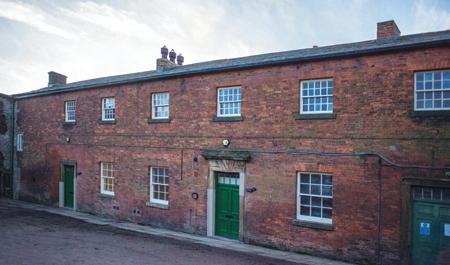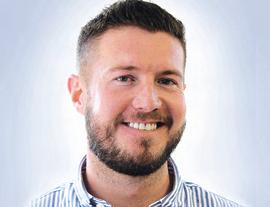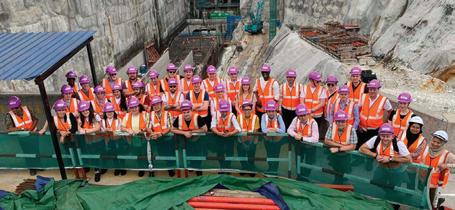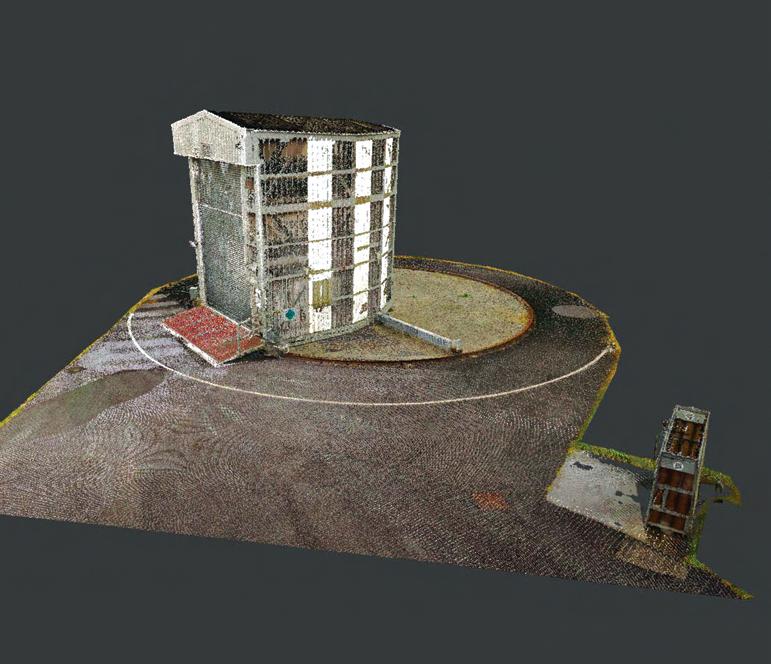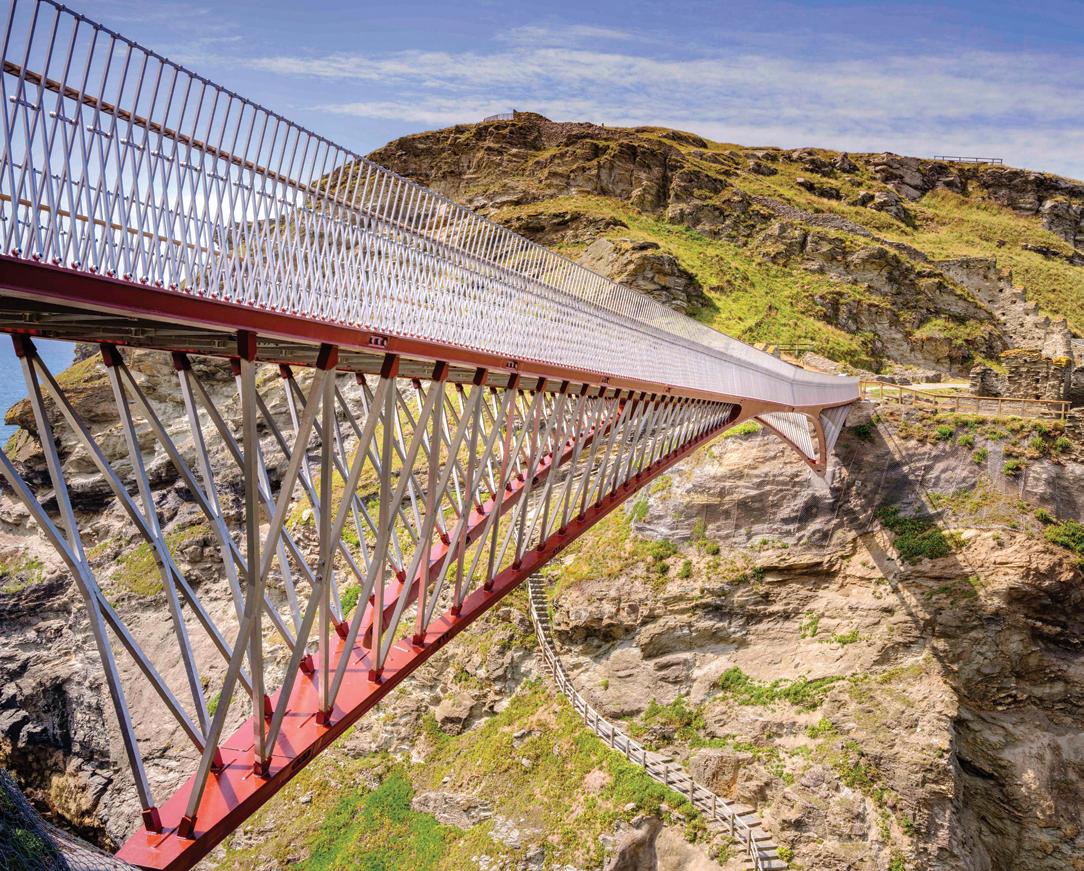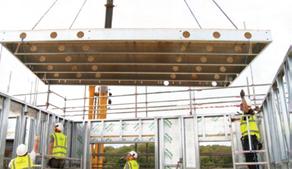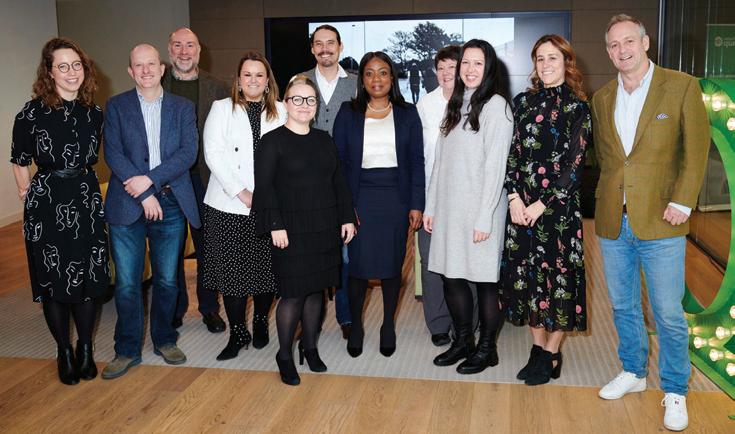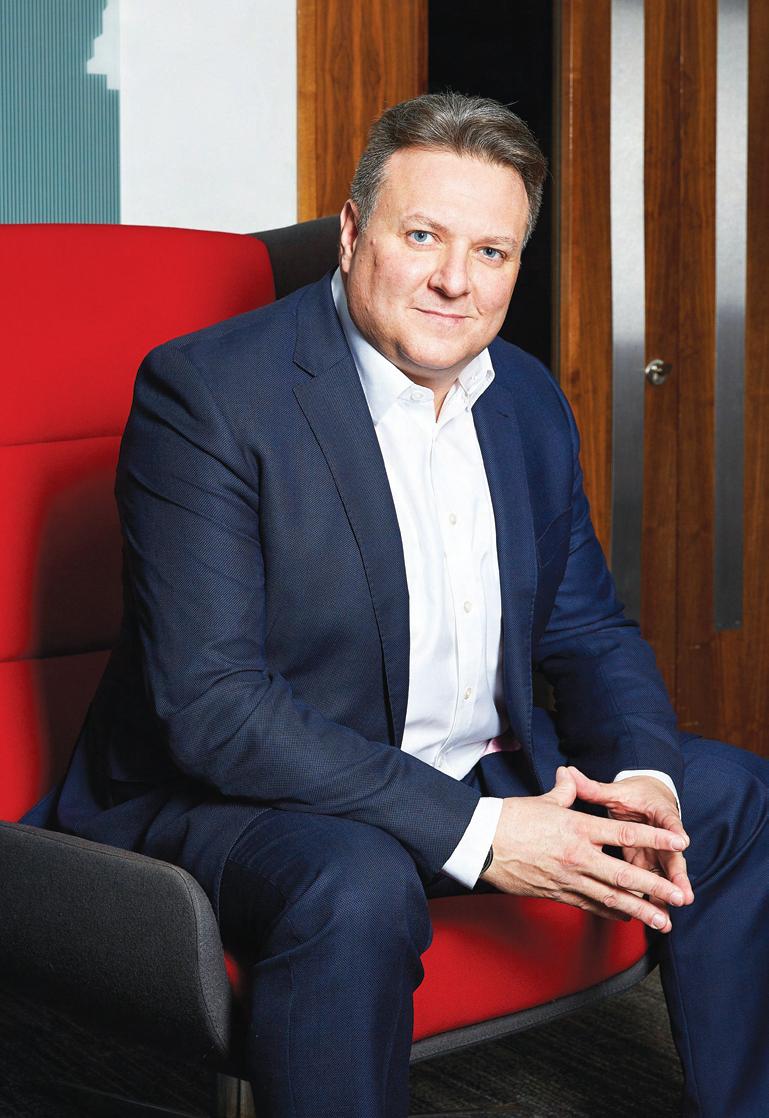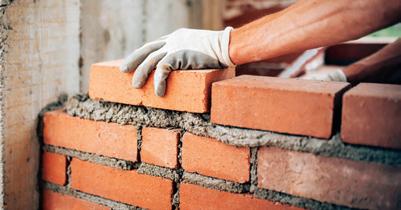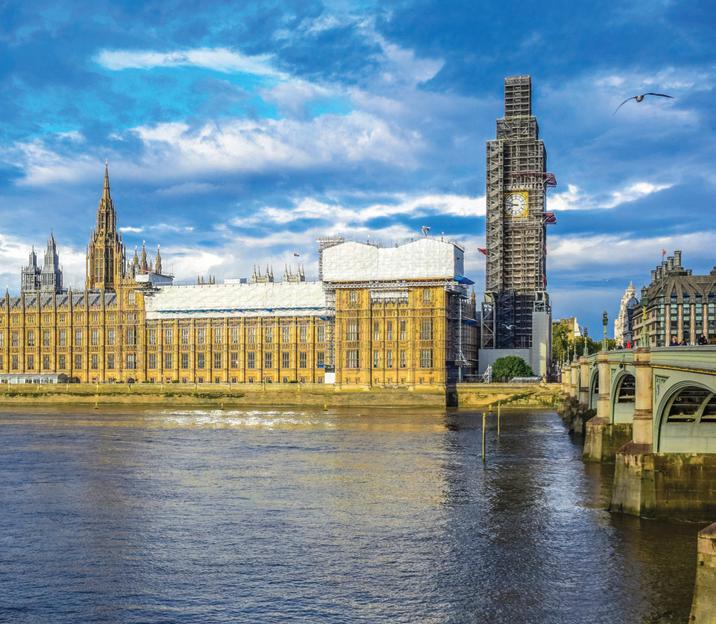Bim & Digital
constructionmanagermagazine.com
BIM & Digital “I like to think we’re an early adopter of new technology,” says James. “I was really interested in how the Met Office might benefit from digital twins.” A digital twin is a highly accurate 3D model with a range of technical data. The Met Office, working with Skanska, has created a digital twin of its weather balloon facility at Camborne in Cornwall. “We are really excited about the prospect of digital twins and have set up a new service offering called Digital Estates,” explains Peter Jones, technical director of Skanska Building. “We have the in-house expertise to convert the existing building assets of estates like universities and government departments into assetrich digital models – IoT enabled – and then use the model to more efficiently manage the building. We expect this to be able to save operational and maintenance costs on existing buildings by up to 30%.”
Sunny outlook for Met Office digital twin The Met Office has worked with Skanska to create a digital twin of a weather balloon facility in Cornwall. CM finds out more Since 1854, the Met Office has been providing meteorological services for the UK and beyond – from supplying scientific data to businesses through to analysing the impact of climate change. With 2,000 employees in total, around 400 based outside the UK, it has a vast and diverse estate – and has become one of the market leaders in using digital technology to inform
its asset management strategy. That includes development of digital twins for some of its buildings. “Innovation is really important for us, because it means we can do things much more efficiently,” says Ralph James, FM and technical services manager, who spoke at last year’s Digital Construction Summit about how BIM had benefited his organisation.
Above: An exact 3D model replica was made of the Met Office’s weather balloon facility in Camborne
Laser scans of the facility The Met Office scheme at Camborne was one of Skanska’s earliest digital twin projects. Building information modelling was used throughout the process. The first stage was to create an exact 3D model replica, using laser scans of the actual facility, and then operational and maintenance data was added. “Having a digital twin enables us to cut costs significantly,” says James. “We have another balloon site, which we need to replace. We can use the digital twin to cut out lots of the design work. There are other benefits, too. For example, at Camborne we know the condition of single components, their remaining useful life, replacement cost and unique identity.” The Met Office has over 450 weather reporting stations – some in remote places such as Lerwick in the Shetland Islands. It also has 16 weather radars.
42 | construction manager april 2020
42_43.CMApr20.bim_sc.indd 42
17/03/2020 15:37


